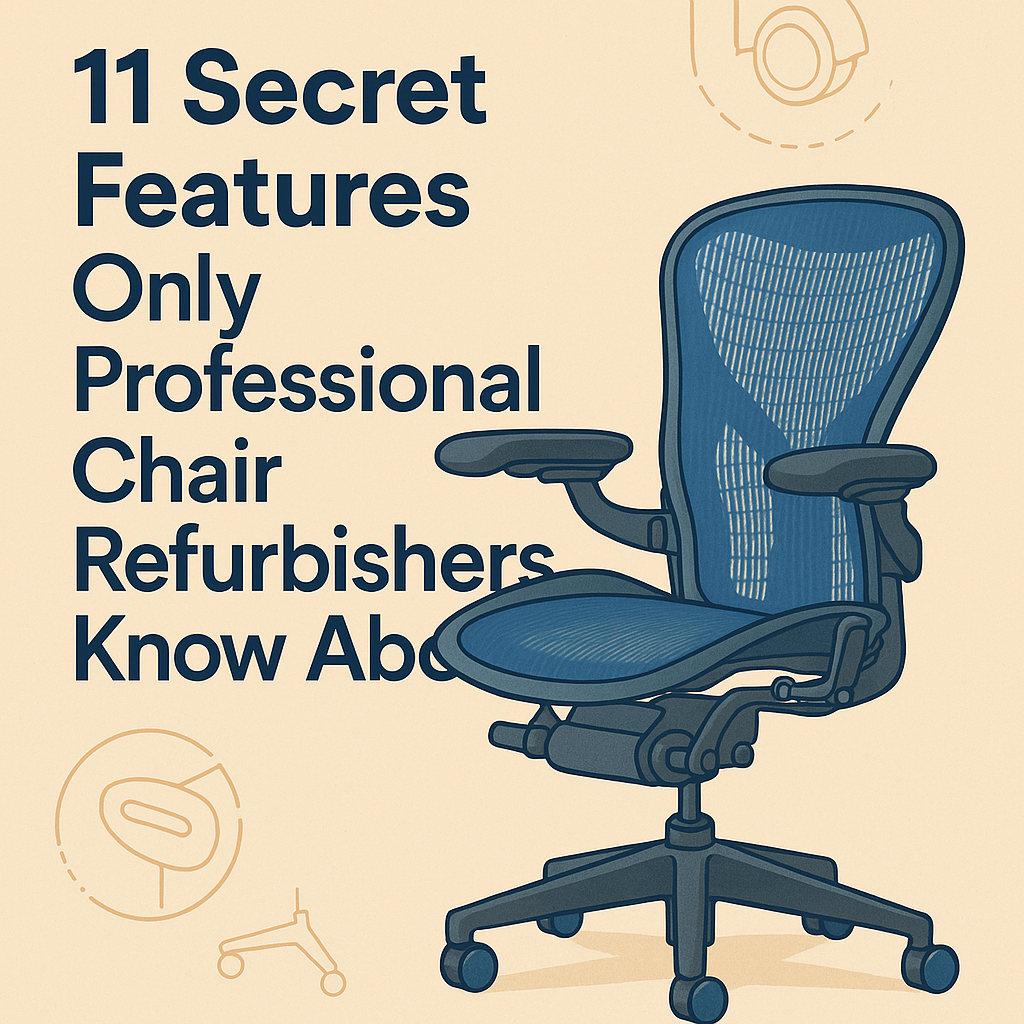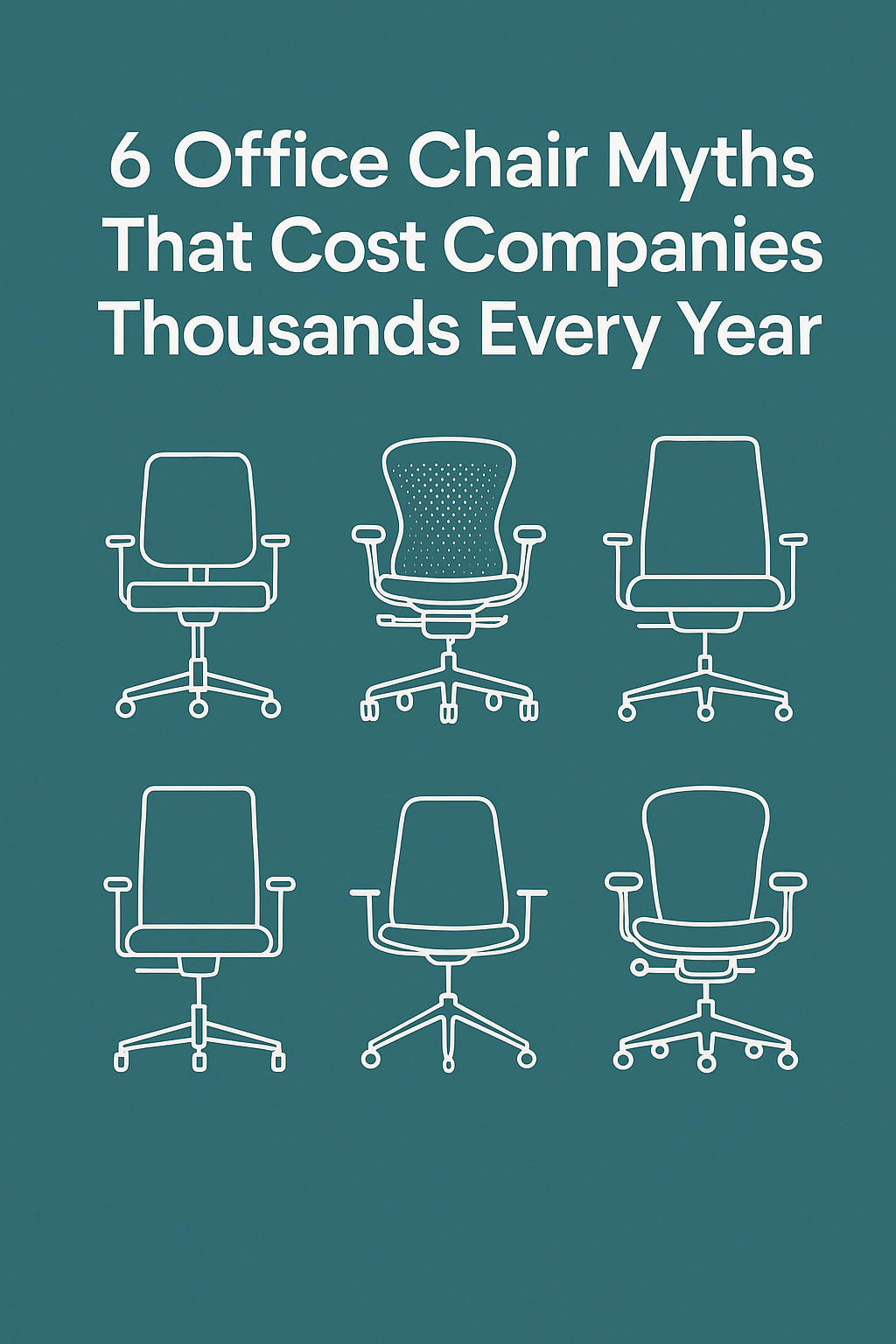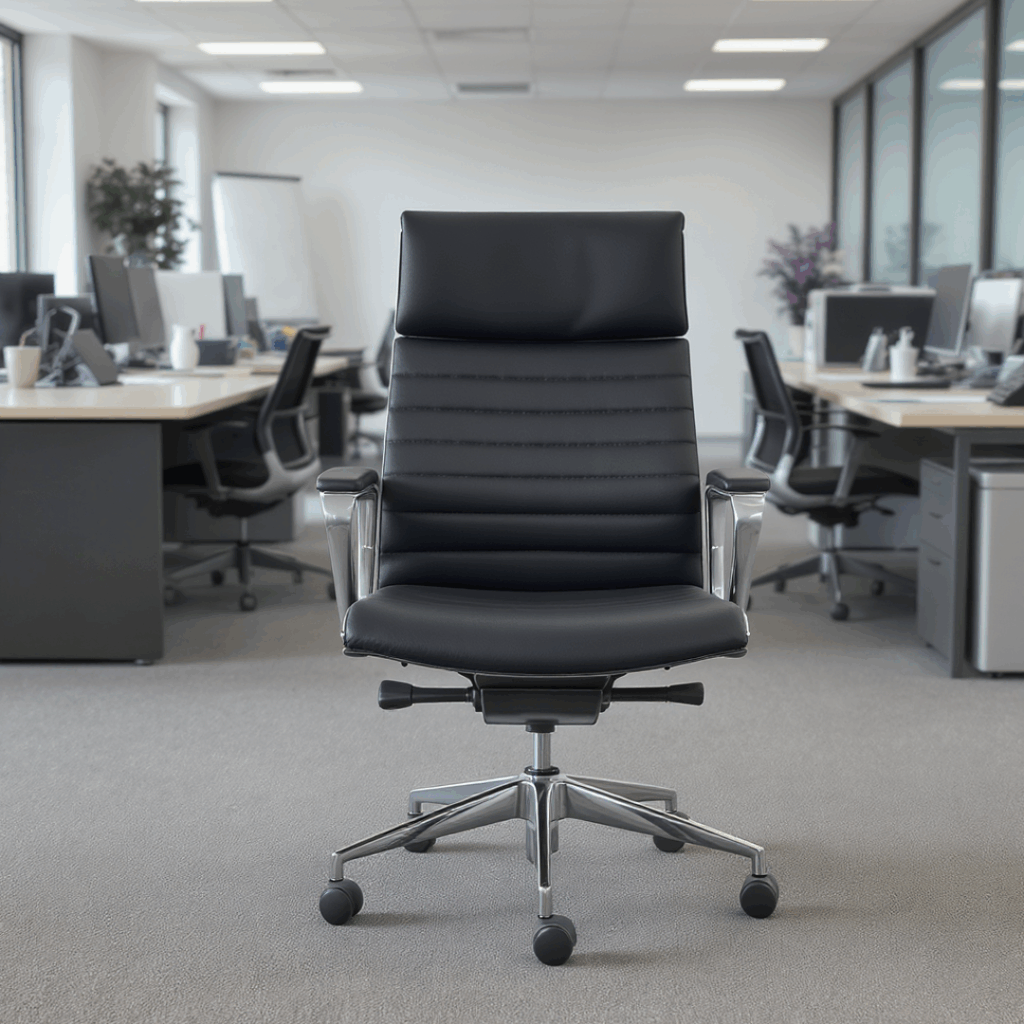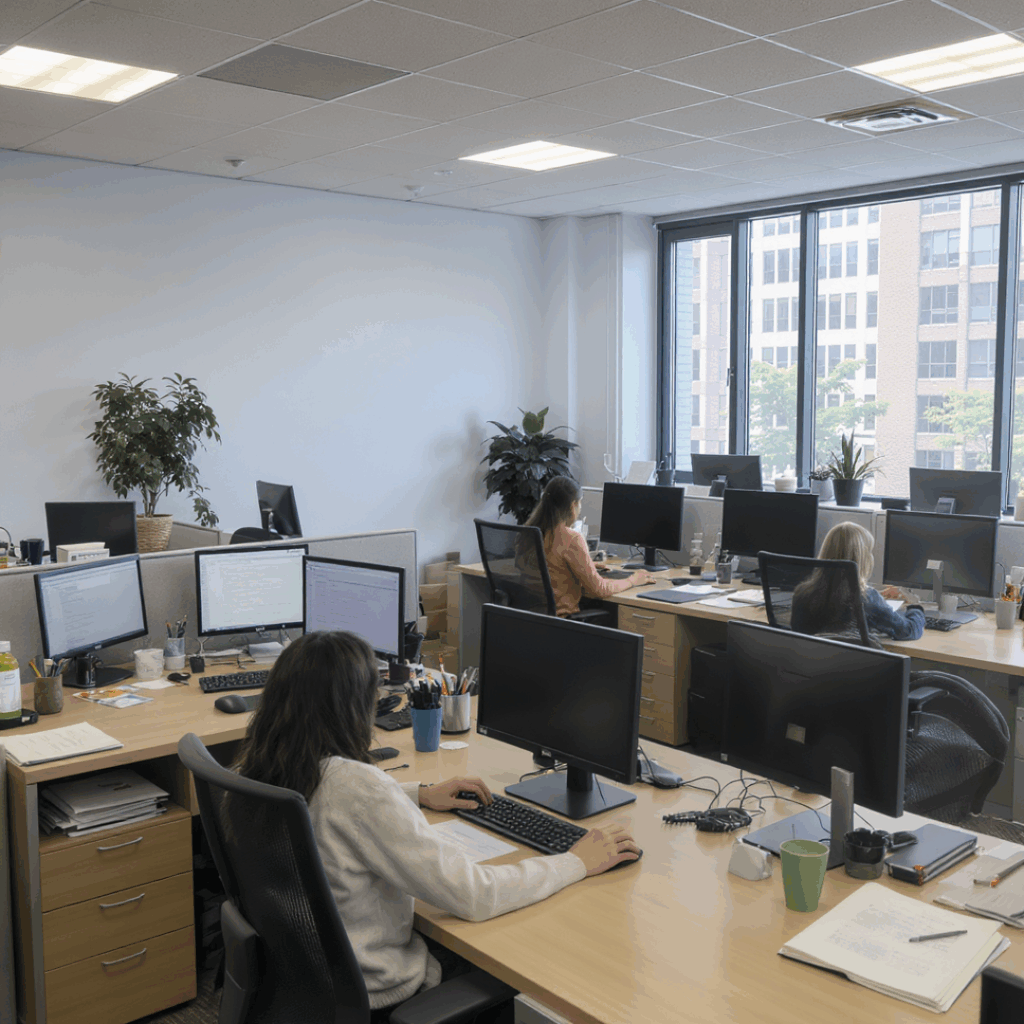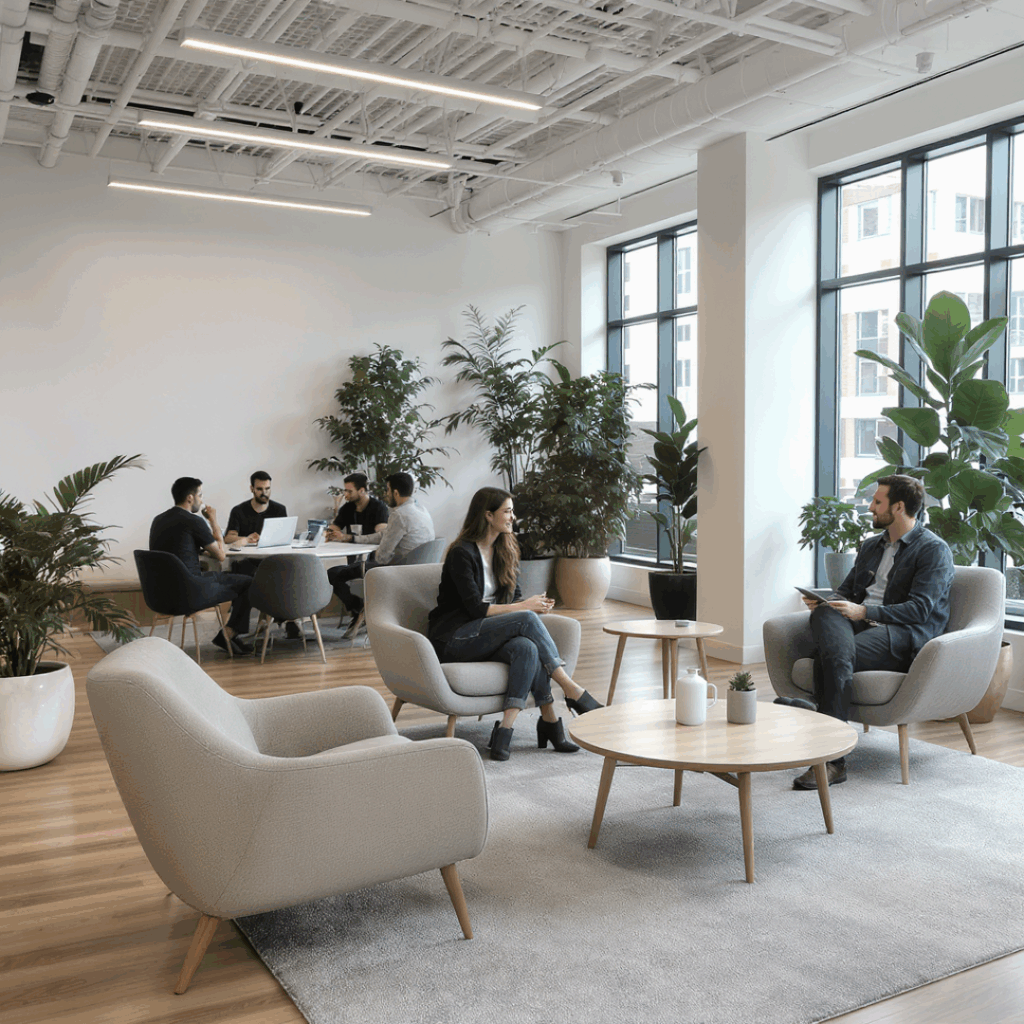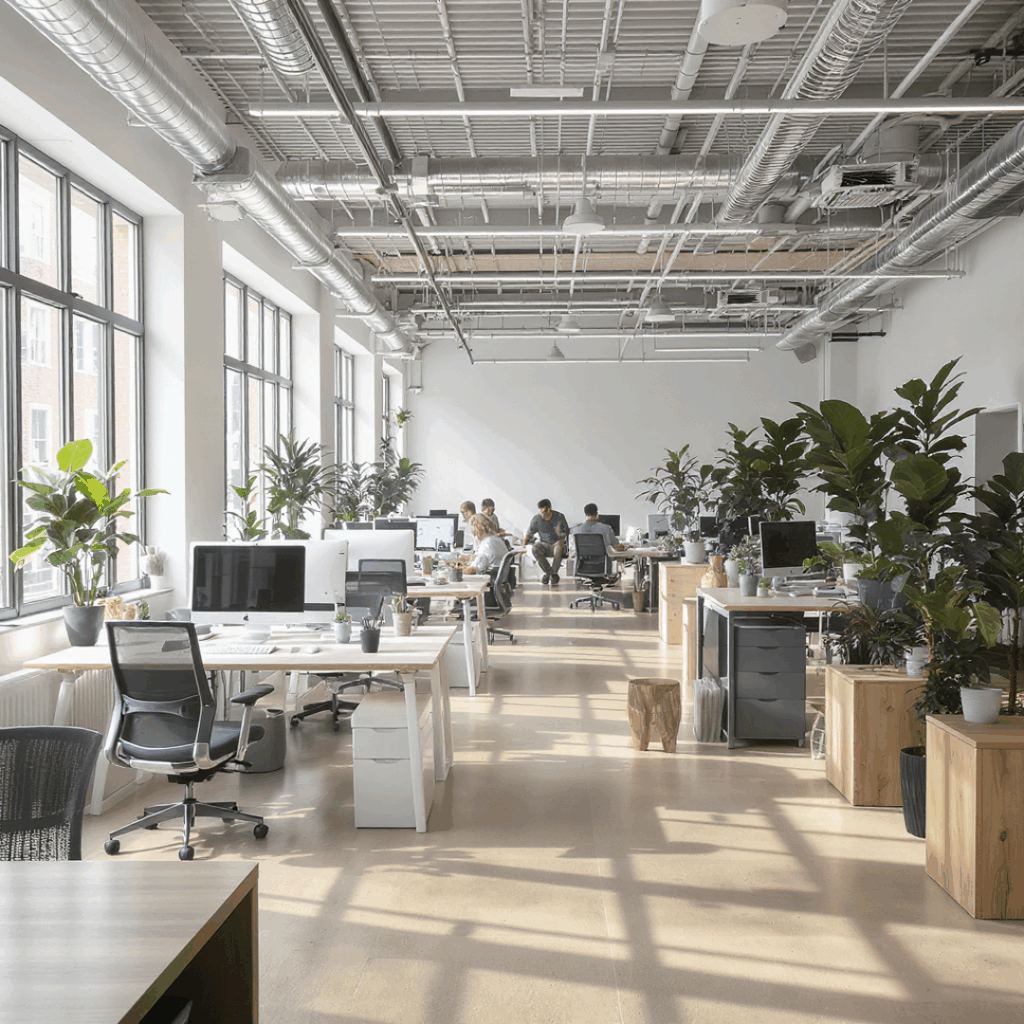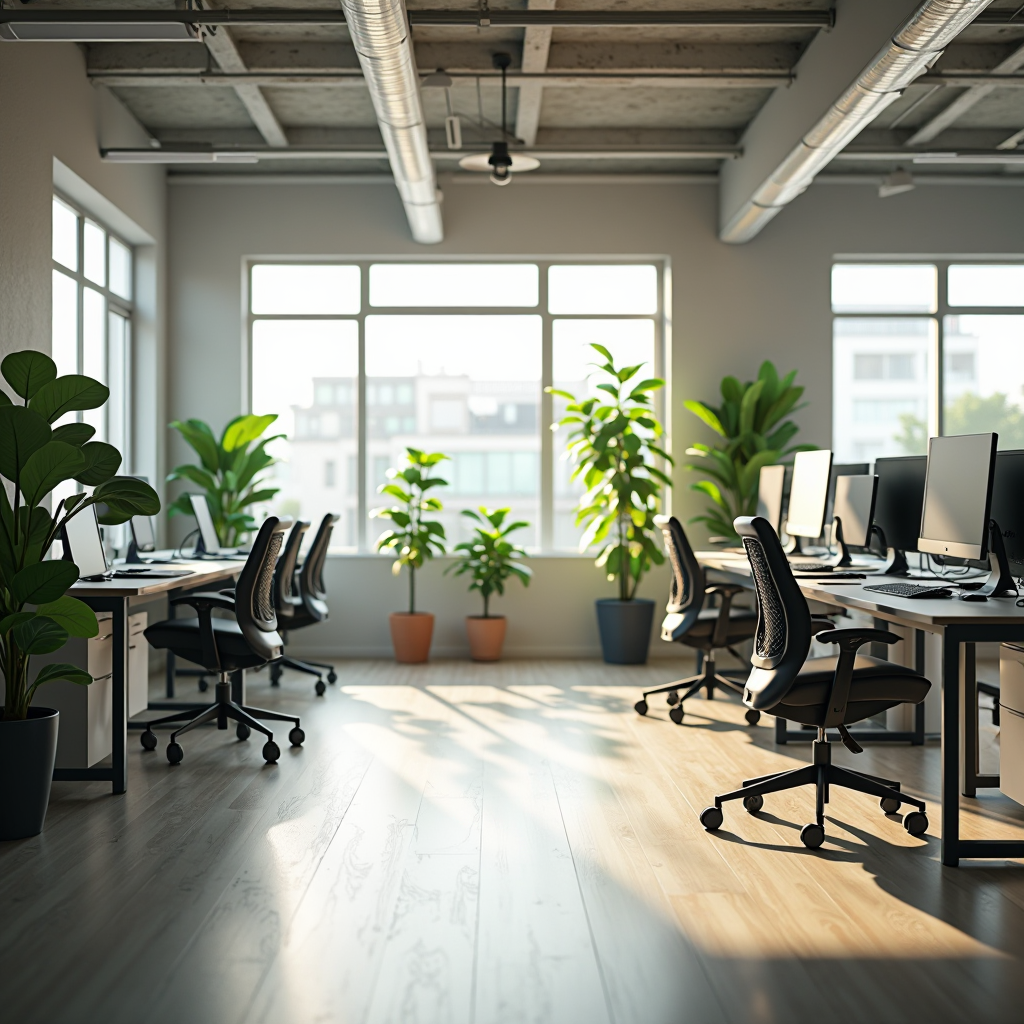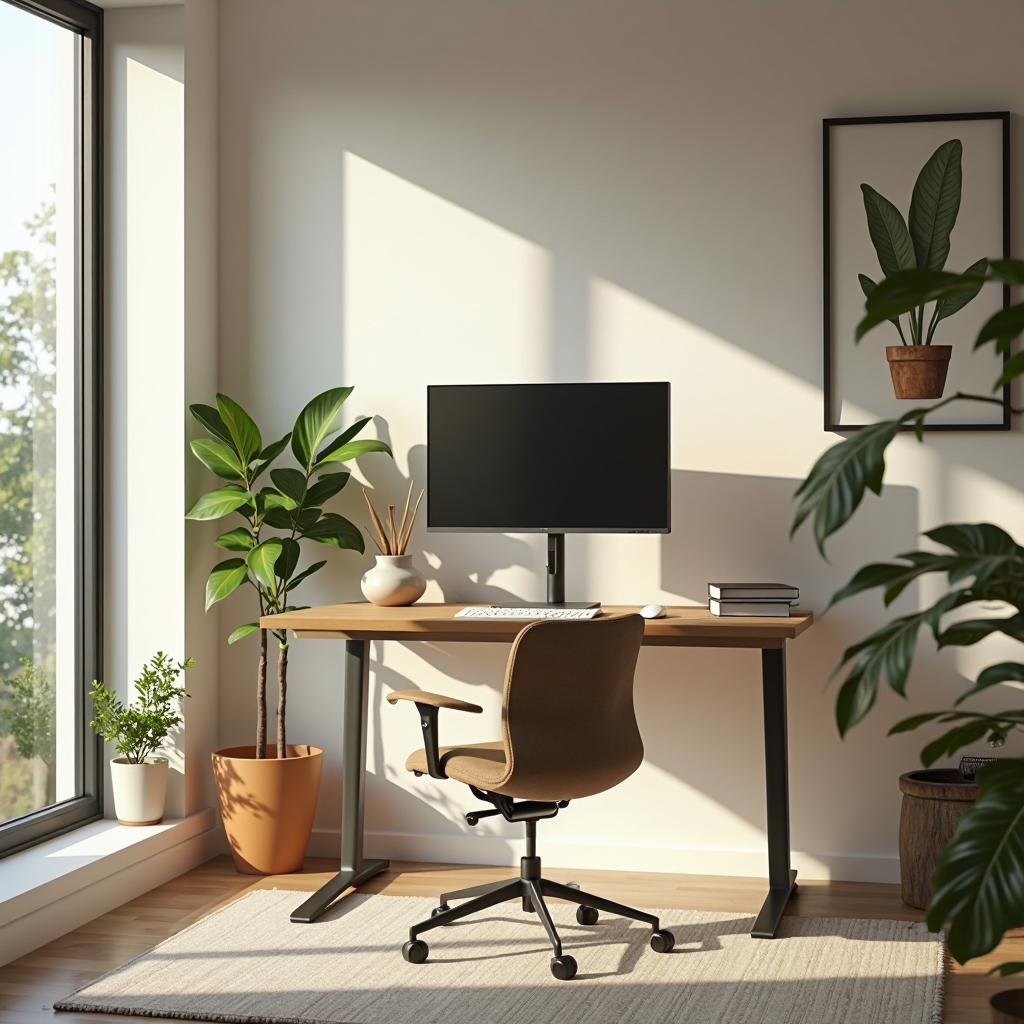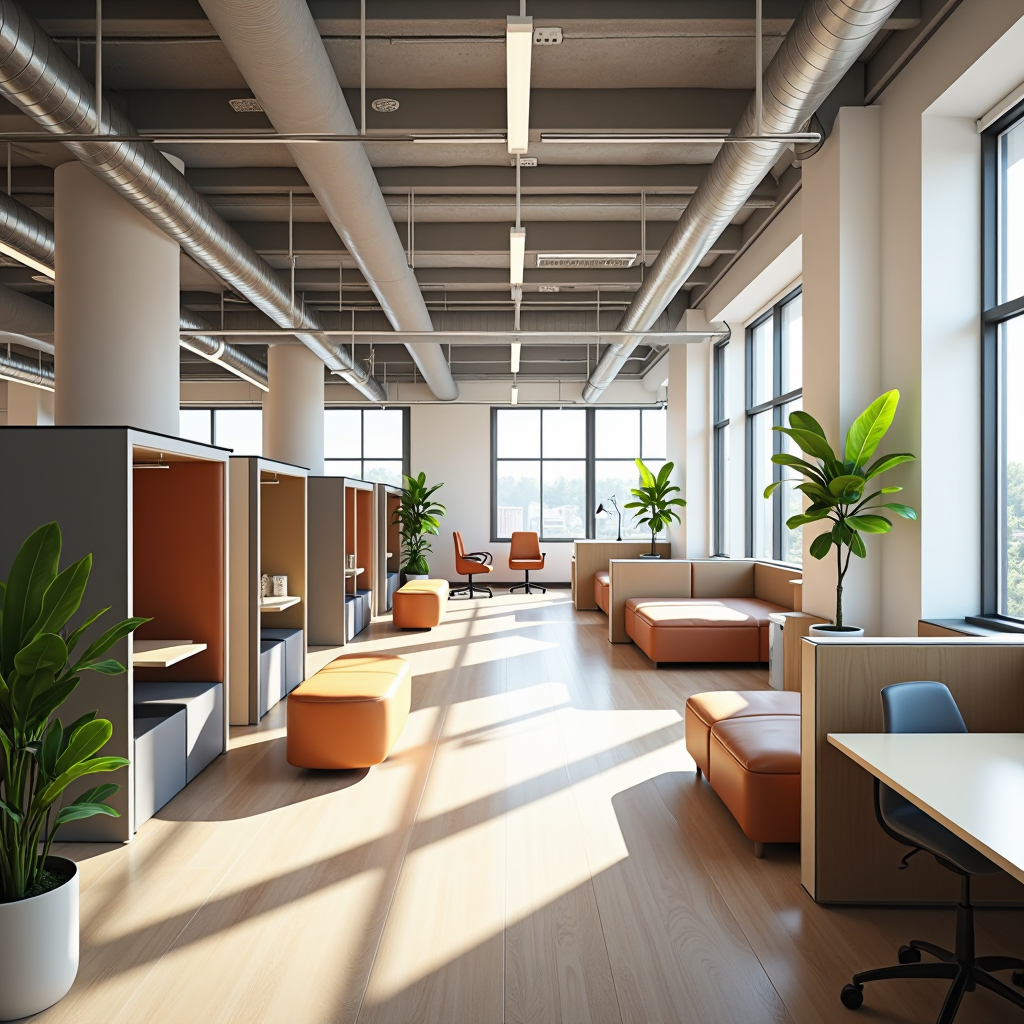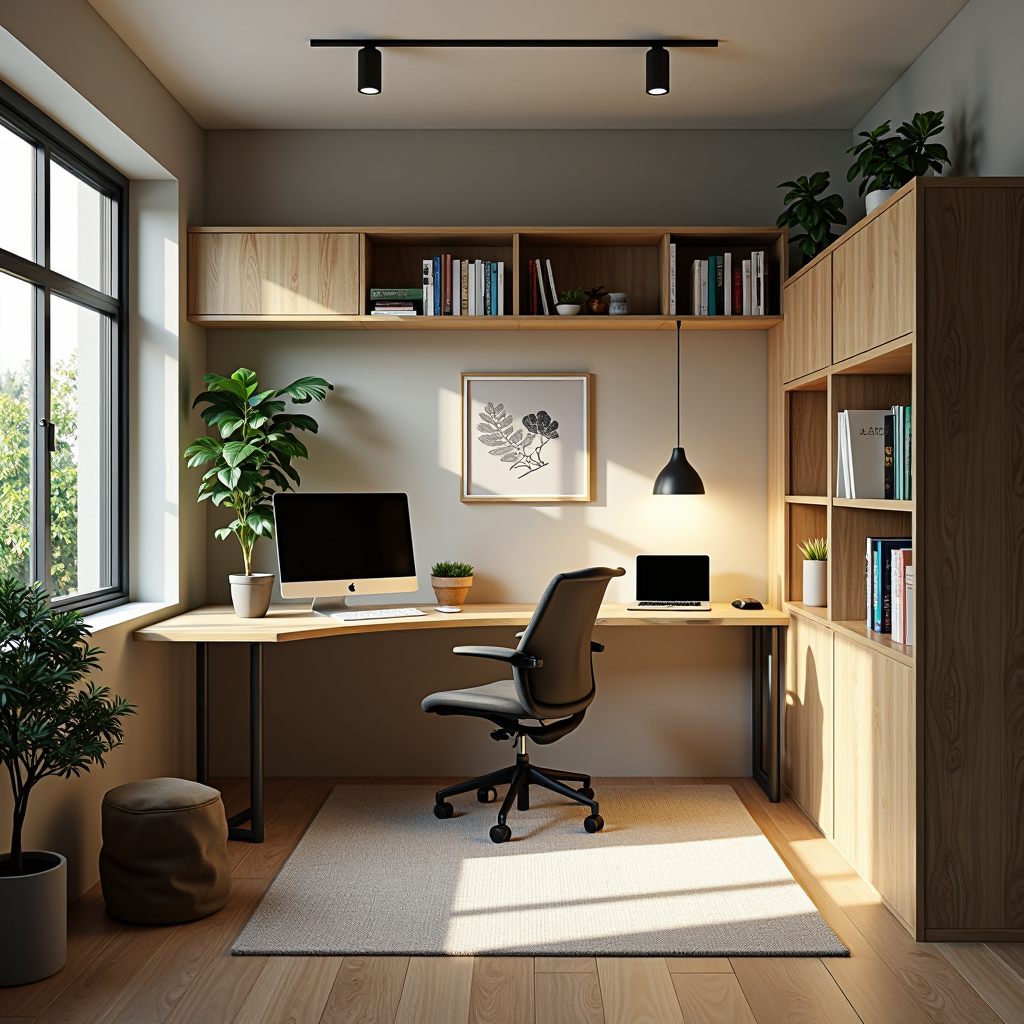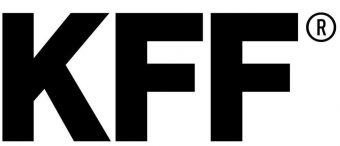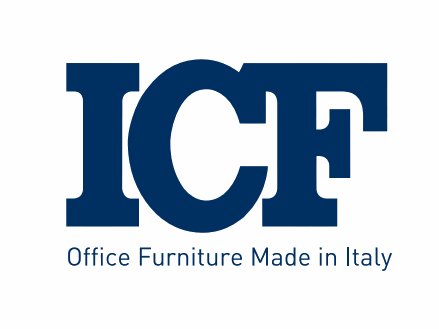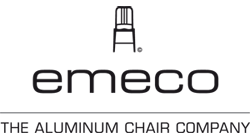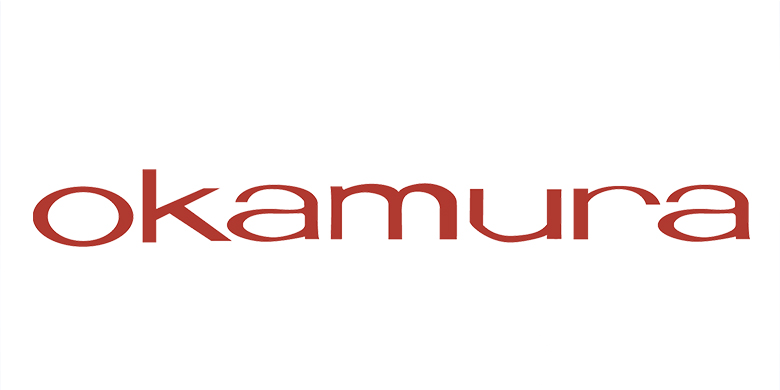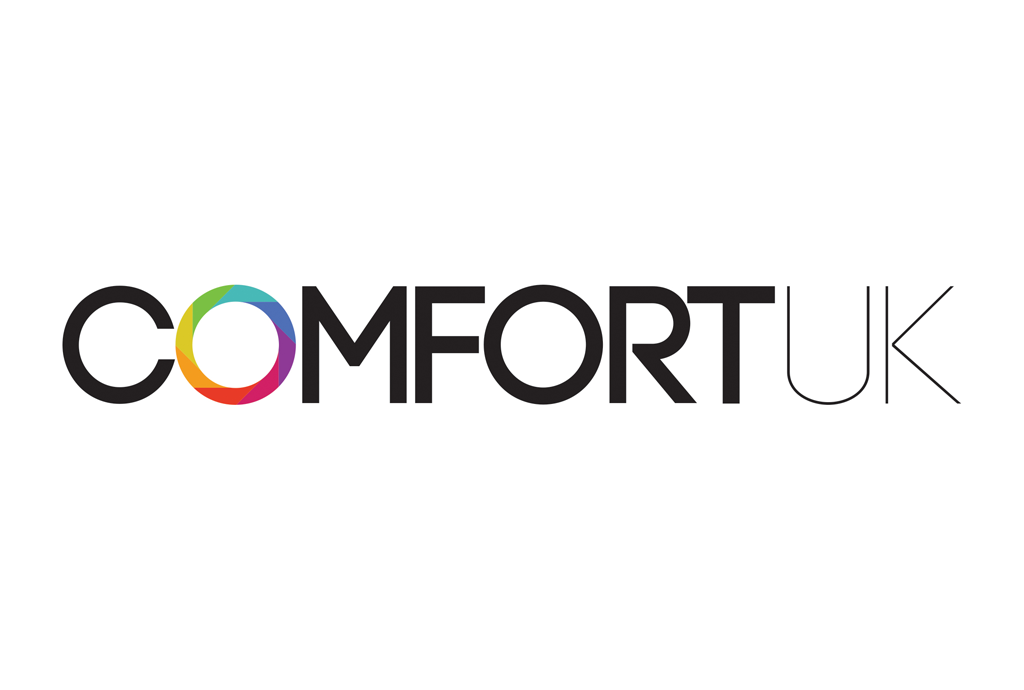7 Key Ways Office Layout Influences Furniture Selection and Placement
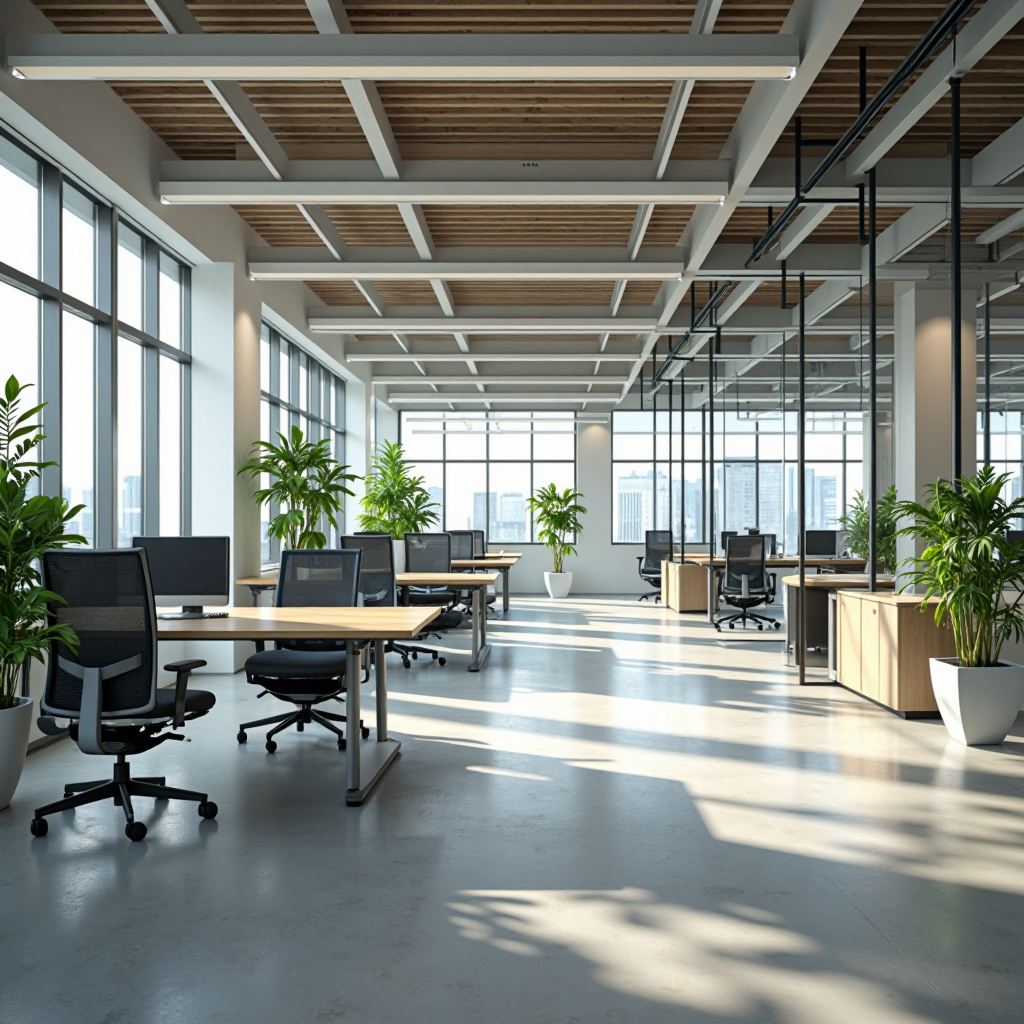
The Impact of Office Layout on Furniture Selection and Placement
The design of an office layout plays a pivotal role in shaping the productivity, collaboration, and overall functionality of a workplace. It also has a direct impact on the selection and placement of office furniture. From open-plan workspaces to private offices, the layout dictates what types of furniture are suitable and where they should be placed to maximize comfort, efficiency, and aesthetic appeal.
Whether you’re setting up a new office or refurbishing an existing one, understanding the relationship between layout and furniture selection is essential. Here’s how layout decisions drive better furniture choices and smart placement strategies.
When planning an office space, it’s easy to focus on aesthetics or individual furniture pieces without considering how layout shapes employee experience. A thoughtful layout goes beyond looks—it fosters communication, reduces distractions, and enhances movement throughout the workspace. Whether you’re designing a collaborative open office or a more structured environment with defined zones, aligning your furniture selection with the layout is key to creating a cohesive and efficient workplace.
1. Defining Functional Zones
Modern office layouts often emphasize zoning: designating specific areas for focused work, meetings, collaboration, and relaxation. Furniture must align with these zones. For example, open-plan spaces benefit from modular desks and acoustic partitions, while conference zones require professional-looking tables and ergonomic chairs that convey authority and comfort.
2. Maximizing Space Efficiency
Different layouts offer varying levels of spatial freedom. A compact floor plan requires space-saving furniture like stackable chairs or desks with built-in storage, while larger layouts allow for more expansive pieces such as U-shaped workstations or breakout lounge areas. Selecting furniture with the right footprint is key to keeping the workspace functional without overcrowding.
3. Supporting Collaboration
In team-based work environments, furniture must foster collaboration. Bench desks, shared tables, and movable whiteboards work well in agile layouts. Conversely, in hierarchical layouts or industries that require privacy (like legal or finance), individual workstations with screens or cubicles are more appropriate.
4. Accommodating Technology Integration
Today’s offices must seamlessly integrate technology, and the layout should support this. Workstations should have proper cable management, and meeting rooms should include furniture designed to accommodate AV equipment. Monitor arms, cable trays, and sit-stand desks—such as the Herman Miller Nevi Desk—are essential choices that must be considered early in the layout planning process.
5. Optimizing Natural Light and Movement Flow
Furniture placement should complement natural light sources and avoid blocking windows or walkways. For example, desks should be positioned to reduce glare while taking advantage of daylight. Open-plan offices also benefit from low-profile furniture to maintain light flow and sightlines.
6. Promoting Ergonomics
Layout must make room for ergonomic setups. Each workstation needs sufficient space for a chair with proper back support, a desk at the correct height, and equipment like footrests or keyboard trays. Options such as the Haworth Zody Chair provide ergonomic benefits while fitting seamlessly into modern office layouts.
7. Sustainability and Flexibility
Modular furniture that can be easily rearranged supports businesses with dynamic needs. Refurbished pieces are an eco-conscious option that reduces environmental impact without sacrificing quality. Providers like Corporatespec UK offer sustainable solutions for evolving office layouts.
Final Thoughts
An effective office layout is more than just a floor plan—it’s the blueprint that guides how furniture will serve both people and purpose. From maximizing light and movement to supporting technology and ergonomics, every decision about furniture must align with the layout to achieve a cohesive, productive workspace.
As workplaces continue to evolve with hybrid models and flexible work arrangements, it’s essential to select furniture that adapts to changing spatial and functional requirements. Refurbished office furniture offers a sustainable, cost-effective path for companies looking to furnish smartly without compromising design or comfort.
For more insight into modern office planning, this Steelcase report explores the evolving needs of office environments and how layout impacts well-being and performance.

